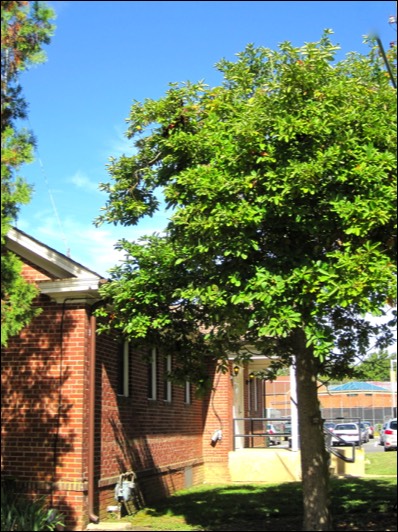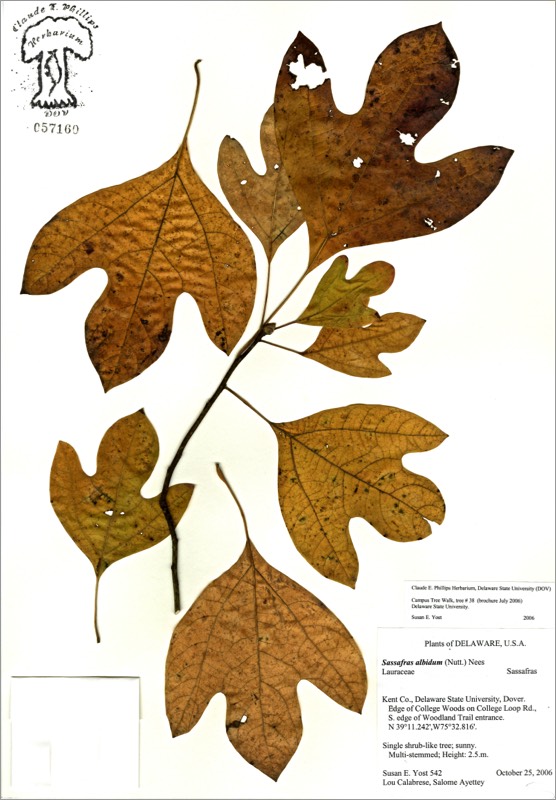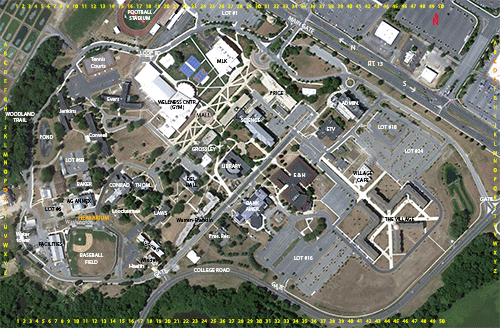Sassafras


Sassafras albidum
SASSAFRAS
Lauraceae
E. North America
Location: map coordinates: I-3 (south side of Woodland Trail entrance), N 39°11'14'' W 75°32'49''; and
Y-18 (east side of Health Building), N 39°11'2'' W 75°32'40''
Planting history: I-3: probably naturally-occuring, not planted; and
Y-18: presently unknown.
Description:
Native species, State Rank S5 (very common in Delaware)
SASSAFRAS
Lauraceae
E. North America
Location: map coordinates: I-3 (south side of Woodland Trail entrance), N 39°11'14'' W 75°32'49''; and
Y-18 (east side of Health Building), N 39°11'2'' W 75°32'40''
Planting history: I-3: probably naturally-occuring, not planted; and
Y-18: presently unknown.
Description:
- deciduous tree, small- to medium-sized (usually to 30’-50’ tall); sometimes shrubby
- etymology: Sassafras probably from Native American Indian name, adapted by French settlers; albidum = whitish (leaf undersides)
- leaves have 3 different shapes: unlobed, 2-lobed (mitten – right and left), and 3-lobed; autumn foliage attractive; fragrant when crushed
- dioecious (separate male and female plants); flowers small
- fruits blue-black, on red stalks ca 1/2” long
- can spread by underground runners
- roots with root-beer smell and taste; were the original source of root beer, and also used to make sassafras tea; were an important export from the colonies to Europe in colonial times. However, these were banned by FDA because they contain the chemical safrole which has been shown to cause cancer or liver damage in lab animals; now, sassafras root extracts can be used, if the safrole is removed
- leaves, dried and ground, used to make gumbo
- native habitat is woods edges, old fields
Native species, State Rank S5 (very common in Delaware)


There are 2 labeled sassafras trees.
HIT REFRESH TO START LOCATION GRAPHIC